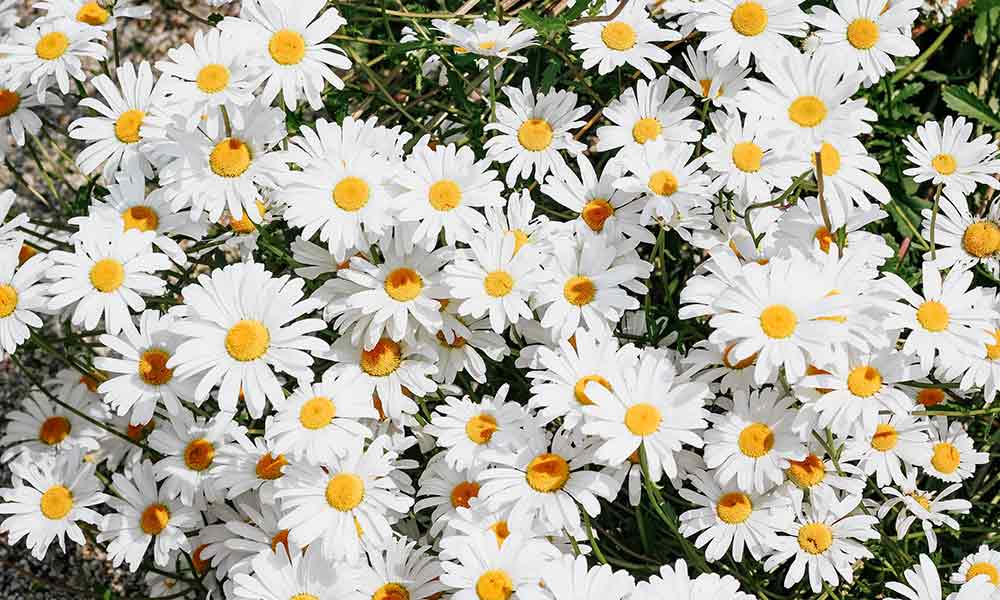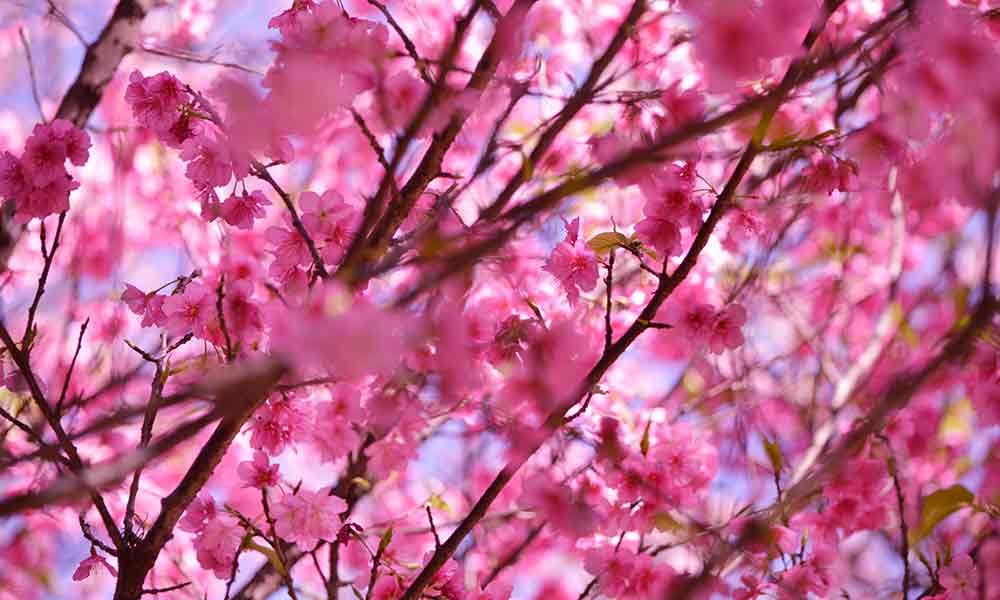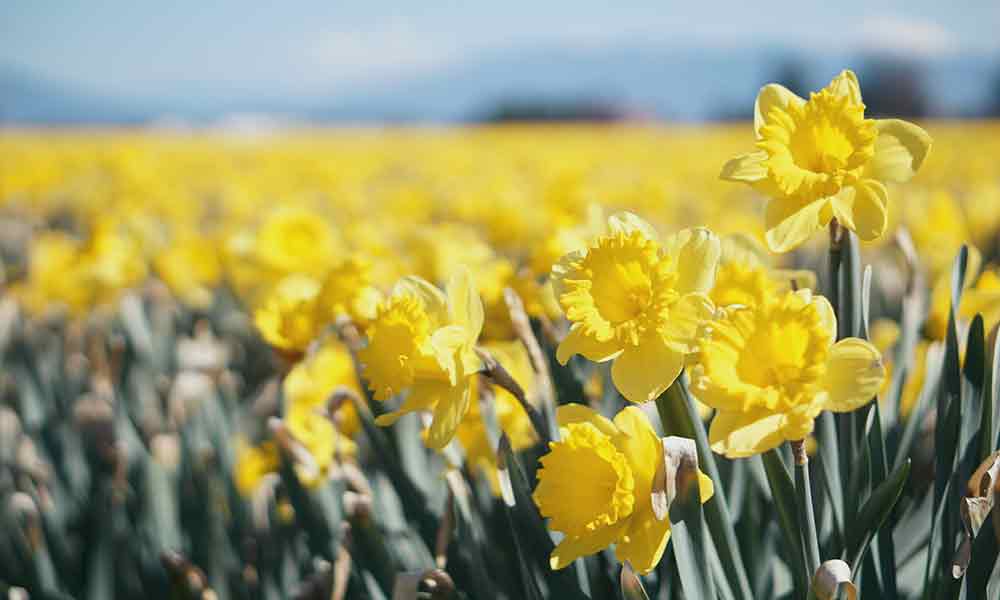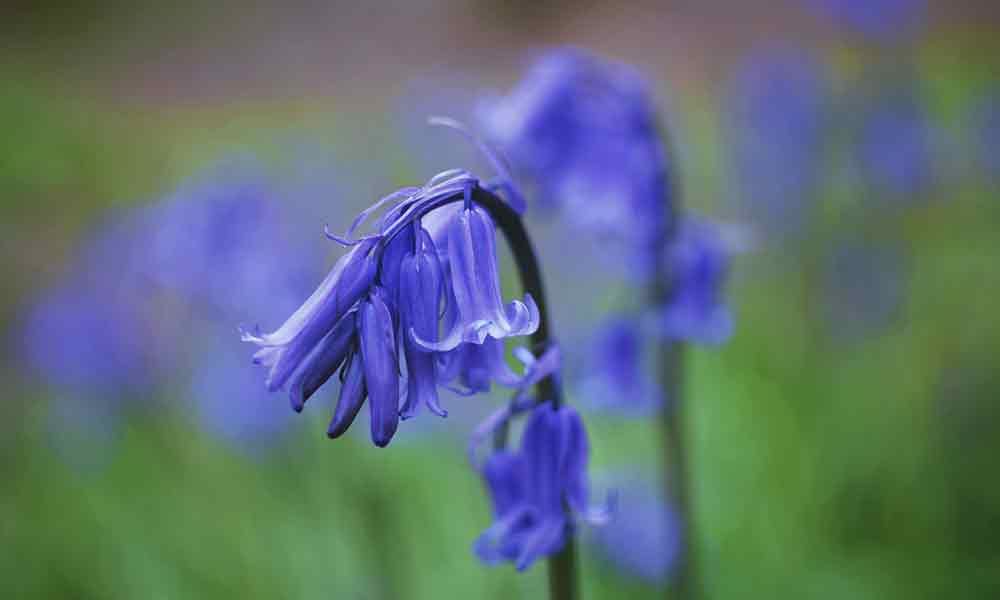Hydrangeas. What an absolutely beautiful blooming family! This family has over 70 species and is one of the most gorgeous shrubs with their big colorful heads. They make stunning garden shrubs and cut flowers for bouquets, but these beauties are more than just a pretty face. According to floriography, or the language of flowers, they also have intriguing symbolism and meanings.
Hydrangeas represent several emotions and ideas, all deep-seated and passionate, though some more negative than others depending on the culture and history of the country where they were grown. These blooms can speak volumes from gratitude to vanity, and each color has a separate meaning.
The name “Hydrangea” is rooted in two Greek words. The first is “hydros,” which means water. The second is “angos,” which refers to a jar. Though the Hydrangea does not resemble a water jar, it is a very thirsty plant, so perhaps that’s why the Greeks referred to this lovely shrub as a water jar.
Meanings And Symbols Of The Hydrangea Plant
Nobody can argue the beauty of the Hydrangea flower, but it can represent different things to different people, from heartfelt feelings to bad luck and even frigidity! Most of the Hydrangea family are native to Asian countries such as Japan, Korea, and China, and some of the stories that give it significant meanings originate from there.
Japanese Meaning And Symbolism Of Hydrangeas
Traditionally, the Hydrangea symbolizes deep feelings for another person in Japan, including apology, understanding, unity, and gratitude.
Legend has it that an emperor sent Hydrangeas to the woman he loved in apology for neglecting her when life made other demands on his time and to show the extent of his love for her. This gift earned the emperor the favor of his beloved’s family and the entire empire.
The Japanese people believe that Buddha’s birthday is on 8 April, and every year the Buddhists celebrate with a cleansing ceremony. They make a very sweet herbal tea known as Ama-cha from the leaves of the Hydrangea Serrata. The people pour the Ama-cha over a statue of their god and serve it to those attending the ceremony.
Folklore says that nine dragons poured a type of nectar called Amrita over Buddha on the day he was born. The people now use Ama-cha, and it symbolizes immortality.
Chinese Meanings And Symbols Of Hydrangeas
The Chinese people draw their ideas about Hydrangeas from a myth about the legendary Eight Immortals who went to the queen mother’s Peach Party. On the way back, the seventh prince of the Dragon King of the East China Sea kidnapped one of the Immortals when the King told the nine dragons to investigate and took him to the Dragon Palace.
The other seven Immortals turned their weapons into red-scaled fire dragons and boiled the sea. The Dragon King was afraid, tied up the seventh prince, and returned the Immortal to his friends. He sent the Immortals Hydrangeas, asking forgiveness for his sins. When they saw their friend was safe, they reconciled with the Dragon King.
The Chinese people call the Hydrangea the Eight Immortals Flower. It represents long-term love, hope, pride, health, and happy reunions.
European Meanings And Symbols Of Hydrangeas
In contrast to the Japanese people, Hydrangeas had several negative connotations. They implied boastfulness and arrogance. Europeans derived this idea from the fact that the shrub could produce many blooms but very few seeds.
In the nineteenth century, English men would send Hydrangeas to ladies who had rejected their advances or proposals, insinuating that they were frigid! The vanity and arrogance of these Victorian men birthed the wives’ tale that if a lady grew Hydrangeas in her garden, she would stay a spinster for life!
Meanings And Symbols Of Hydrangeas In The Americas
In North America, people often use Hydrangeas at weddings and as gifts for Mother’s Day.
Columbian Hydrangea farmers believe that the flower represents spirituality, humility, and family. They have brought hope to farmers who lost their livestock in the Columbian armed conflict and planted these shrubs. The Hydrangea farming sector has created employment for many people.
Hydrangea Symbols And Meanings By Color
Hydrangeas of all types and colors make glorious shrubs and gifts, but before you send a bouquet to anyone, consider the person’s culture, location, and color of the flower, as each color signifies something different.
Pink Hydrangeas symbolize the joy of love and other deep and heartfelt emotions. So if you want to declare your love for somebody, a bouquet of pink Hydrangeas will do the job well. On closer inspection, you will notice that the blossoms resemble little hearts.
The Japanese emperor sent blue Hydrangeas to his beloved and her family, and they symbolize gratitude and understanding of another person’s situation and a lovely way to say you’re sorry. Blue flowers can also sometimes represent the mourning of the sudden death of a loved one and are often used in sympathy bouquets.
White Hydrangeas have contrasting meanings. To some, it signifies vanity, being a braggart, and arrogance. These ideas probably evolved from those Victorian men who rudely turned their invitations into insults when rejected.
On the other hand, white flowers also always represent grace and purity and make beautiful Easter bouquets.
Purple Hydrangeas can represent a desire to know and understand someone better. Across many cultures, purple signifies royalty, pride, abundance, gratitude, and wealth. So a bouquet of purple blooms is a wonderful way to show someone how much you appreciate them.
Green often symbolizes rebirth and new beginnings, which also applies to green Hydrangeas. They evoke hope and anticipation of a new season in life.
Hydrangeas As Wedding Anniversary Flowers
In the USA, Hydrangeas are traditional flowers for the fourth anniversary. The pink signifies your love and devotion, the white – abundance, and the purple denotes a deep understanding of your spouse.
Conclusion
Hydrangeas are some of the most beautiful shrubs, and when we start to understand the language of flowers, we see that these large blooms have a lot to say. They represent various emotions, so choose the color carefully when sending them to others so that you don’t insult anyone intentionally. Though they are so beautiful, who could be offended at receiving such a bouquet?





